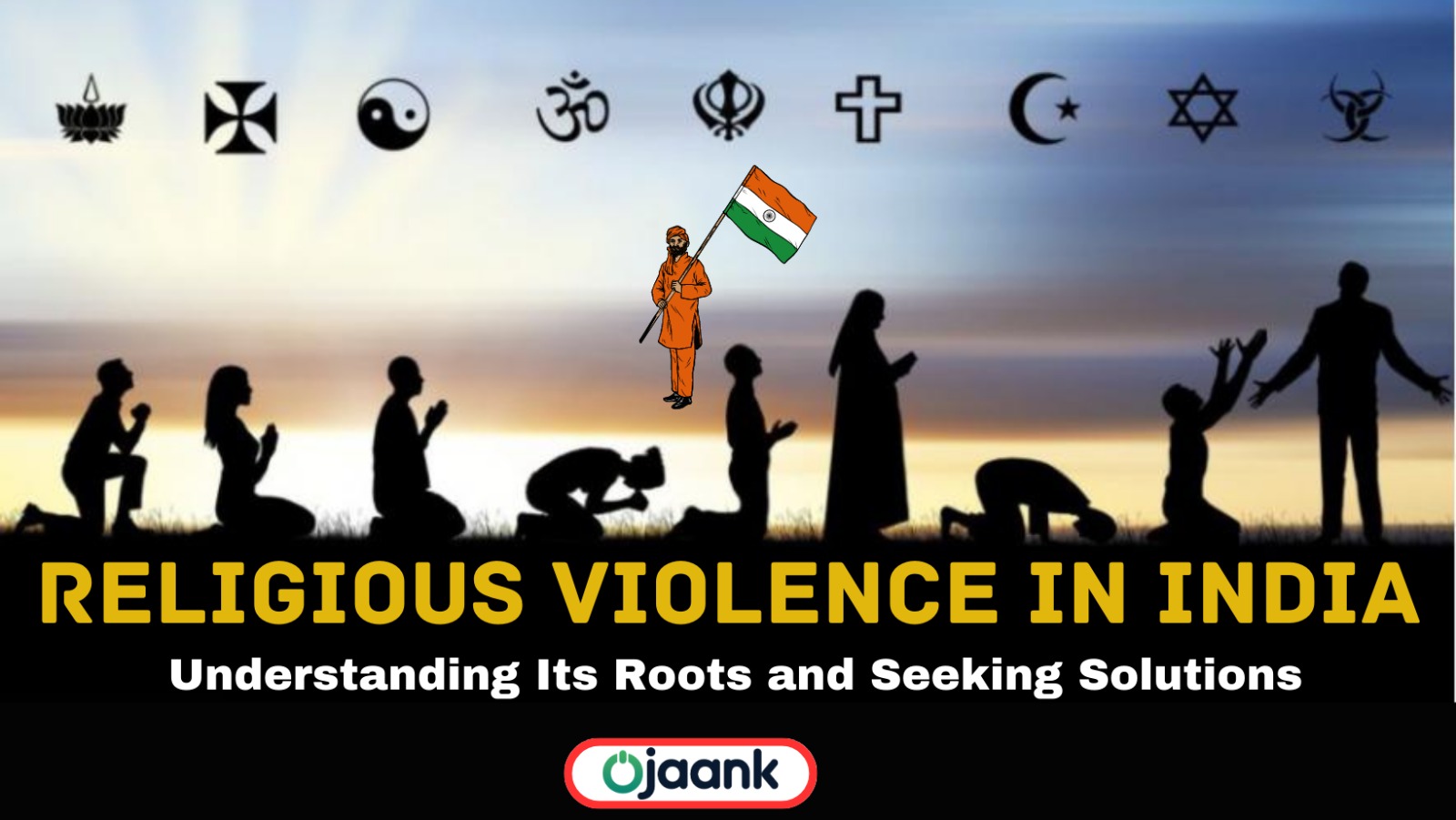Religious Violence in India: Understanding Its Roots and Seeking Solutions

Religious violence has been a longstanding issue in India, a diverse nation known for its rich cultural heritage and deep-rooted spirituality. The country's pluralistic society, with multiple religions coexisting, has also witnessed instances of conflict and aggression fueled by religious differences. This essay delves into the various aspects of religious violence in India, exploring its historical context, underlying causes, impact on society, and potential solutions.
India's history is marked by numerous episodes of religious violence, often linked to the influence of colonial powers, partition, and political maneuvering. The British colonial rule in India played a significant role in exacerbating religious tensions by implementing policies that favored one community over another. The partition of India in 1947, which resulted in the creation of Pakistan, led to widespread violence and mass migration along religious lines. These events left deep scars on the nation's psyche and continue to impact interfaith relations to this day.
Several complex factors contribute to religious violence in India. One of the primary causes is the politicization of religion by various political parties and leaders. These individuals exploit religious sentiments to garner support and create a sense of identity among their followers. Additionally, socio-economic disparities and inadequate access to resources can fuel religious animosity, with communities vying for limited opportunities. Communalism, often propagated through hate speech and misinformation, plays a detrimental role in pitting different religious groups against each other. Moreover, historical grievances and unresolved conflicts perpetuate tensions between communities, making them vulnerable to violence.
Religious violence has severe consequences for Indian society. It leads to loss of lives, destruction of property, and displacement of communities. Communal clashes disrupt social harmony, causing fear and mistrust among people belonging to different faiths. The violence also hampers economic development, as it deters investment and destabilizes the local economy. Moreover, religious violence tarnishes India's image on the global stage, hindering its potential to be a beacon of religious tolerance and cultural diversity.
In recent years, India has witnessed several incidents of religious violence, often arising from the manipulation of communal sentiments. Riots in various states, attacks on places of worship, and instances of lynching have further exacerbated interfaith tensions. Such incidents highlight the urgent need for addressing the root causes of religious violence and promoting inter-religious dialogue.
To combat religious violence, a multi-faceted approach is necessary. First and foremost, law enforcement agencies must be vigilant and take swift action against perpetrators of violence, irrespective of their religious affiliations. The government should ensure impartiality and uphold the rule of law. Politicians and leaders must refrain from using religion as a tool for garnering votes and instead focus on inclusive governance and policies that uplift all communities.
Promoting interfaith dialogue and understanding is crucial in fostering a culture of tolerance and mutual respect. Educational institutions should incorporate lessons on religious diversity and secularism to promote acceptance and empathy among the younger generation. Grassroots initiatives, such as community-led programs and religious leaders coming together for peaceful coexistence, can also play a significant role in fostering harmony.
Economic development and reducing socio-economic disparities are integral to reducing religious tensions. Equitable distribution of resources and opportunities can alleviate competition and animosity between communities. Social welfare schemes and initiatives aimed at upliftment of marginalized communities can contribute to a more inclusive society.
Religious violence in India is a complex issue that requires a comprehensive and collaborative approach to address effectively. By understanding its historical context, underlying causes, and impact on society, we can work towards building a more harmonious and inclusive nation. Encouraging dialogue, implementing unbiased governance, and promoting socio-economic development are essential steps towards eradicating religious violence and fostering a society where all individuals can coexist in peace and harmony.